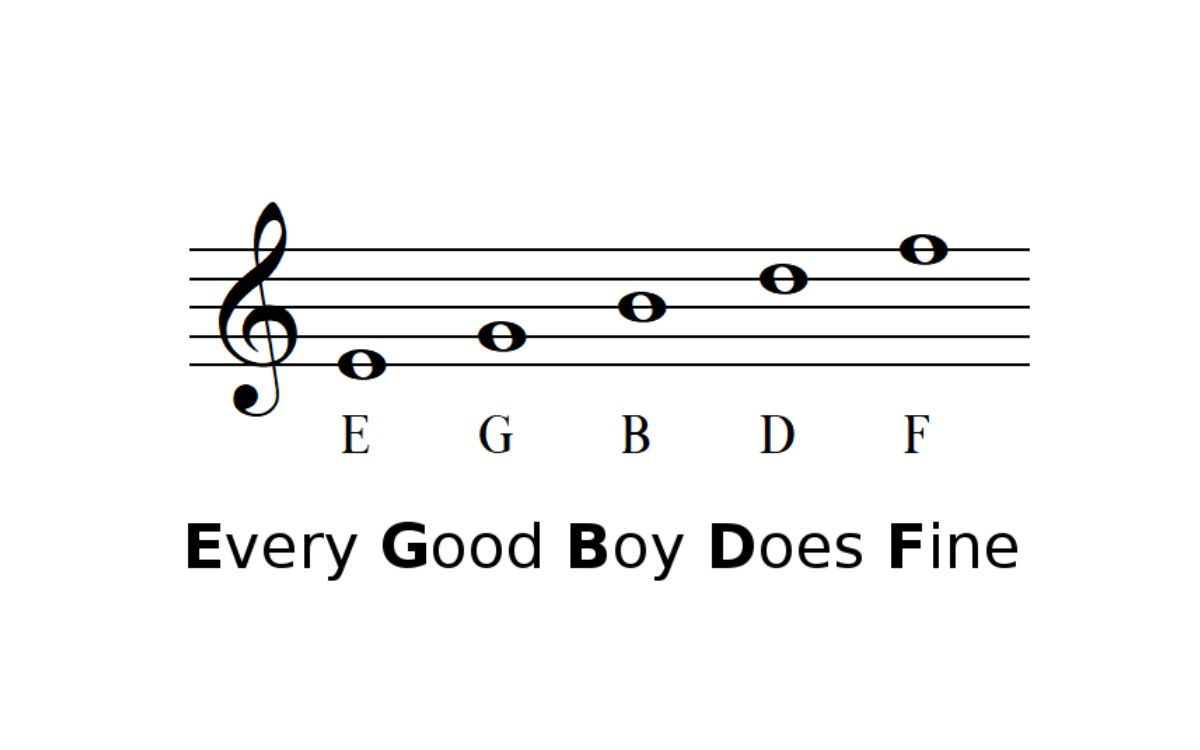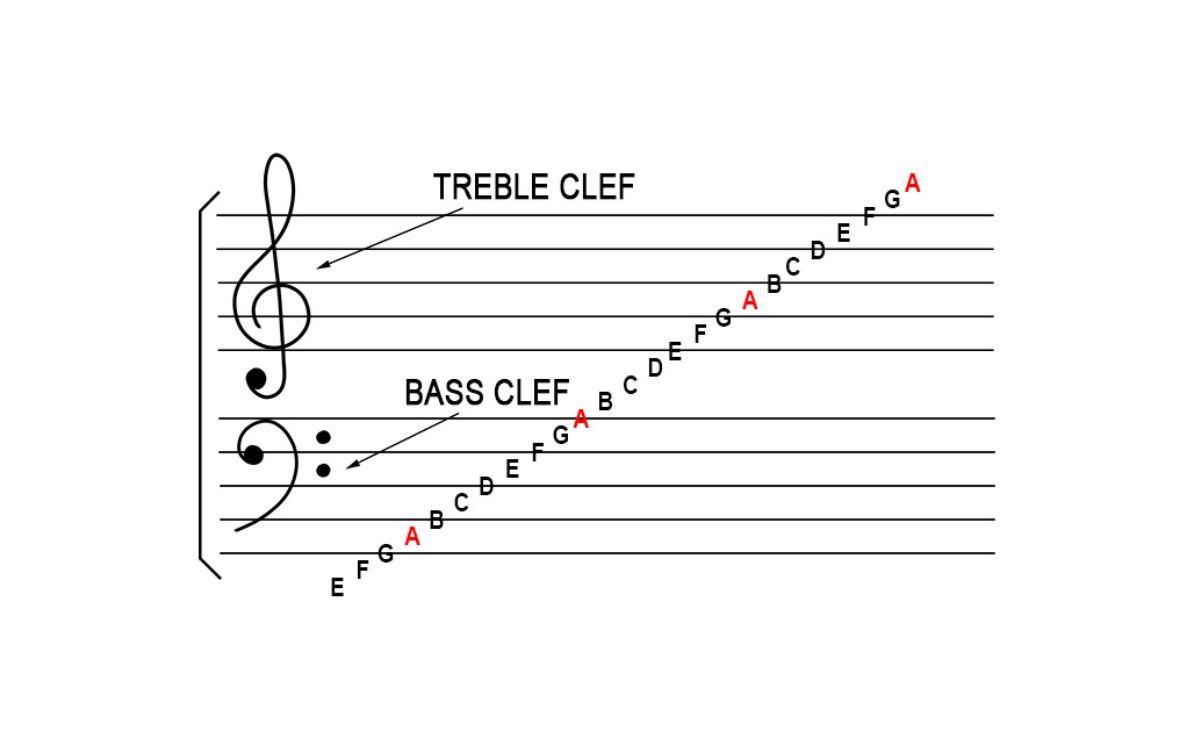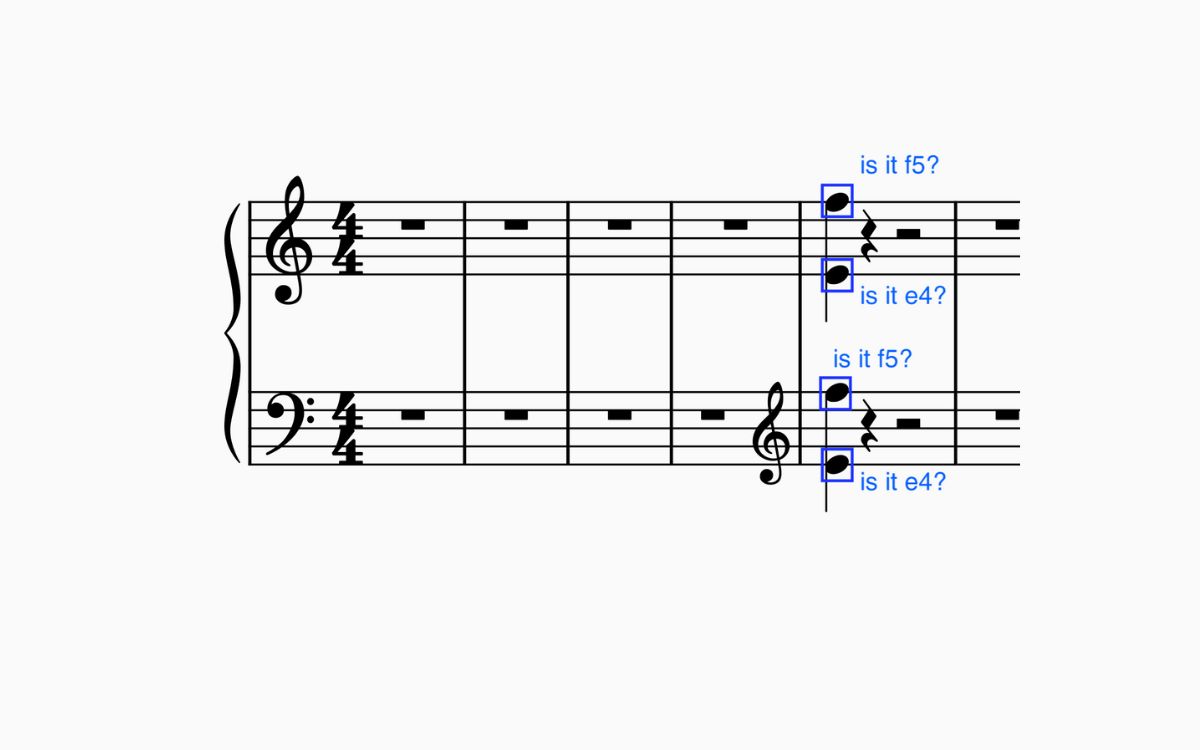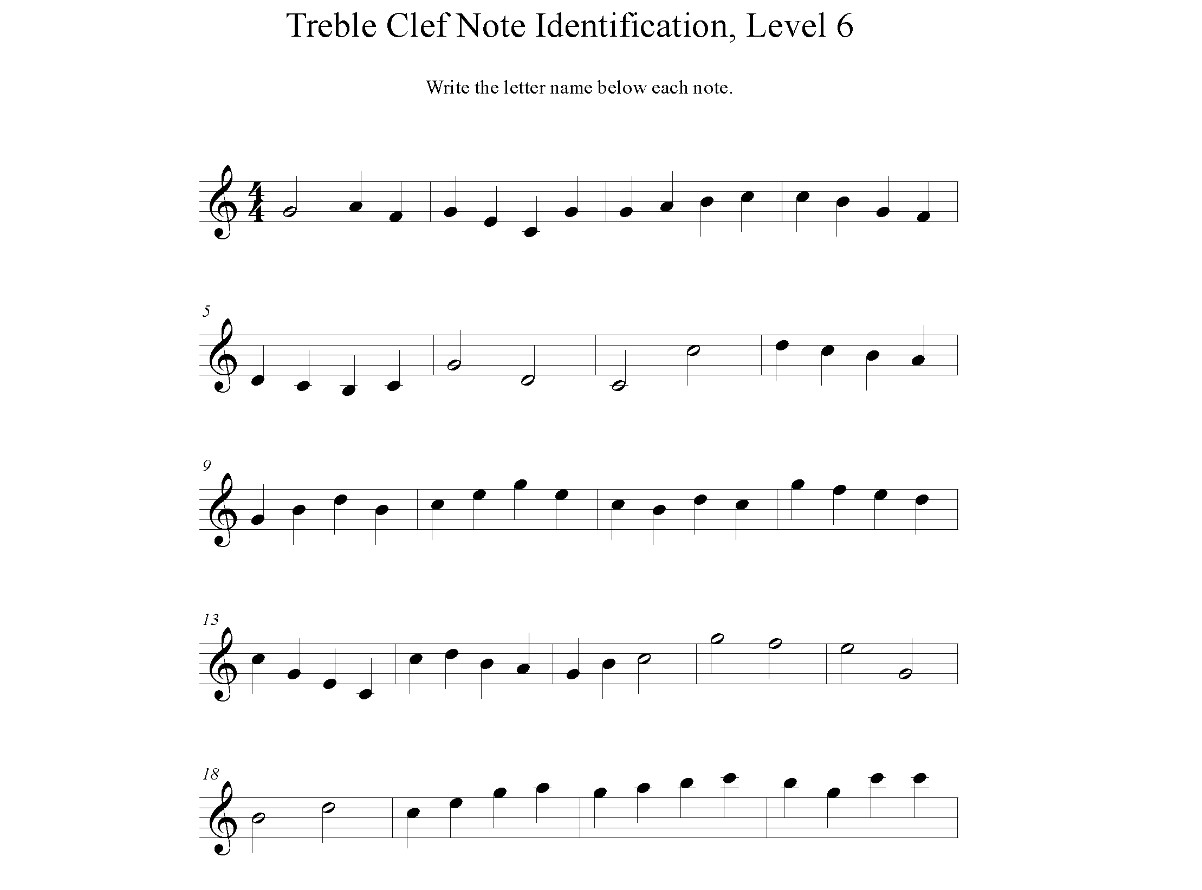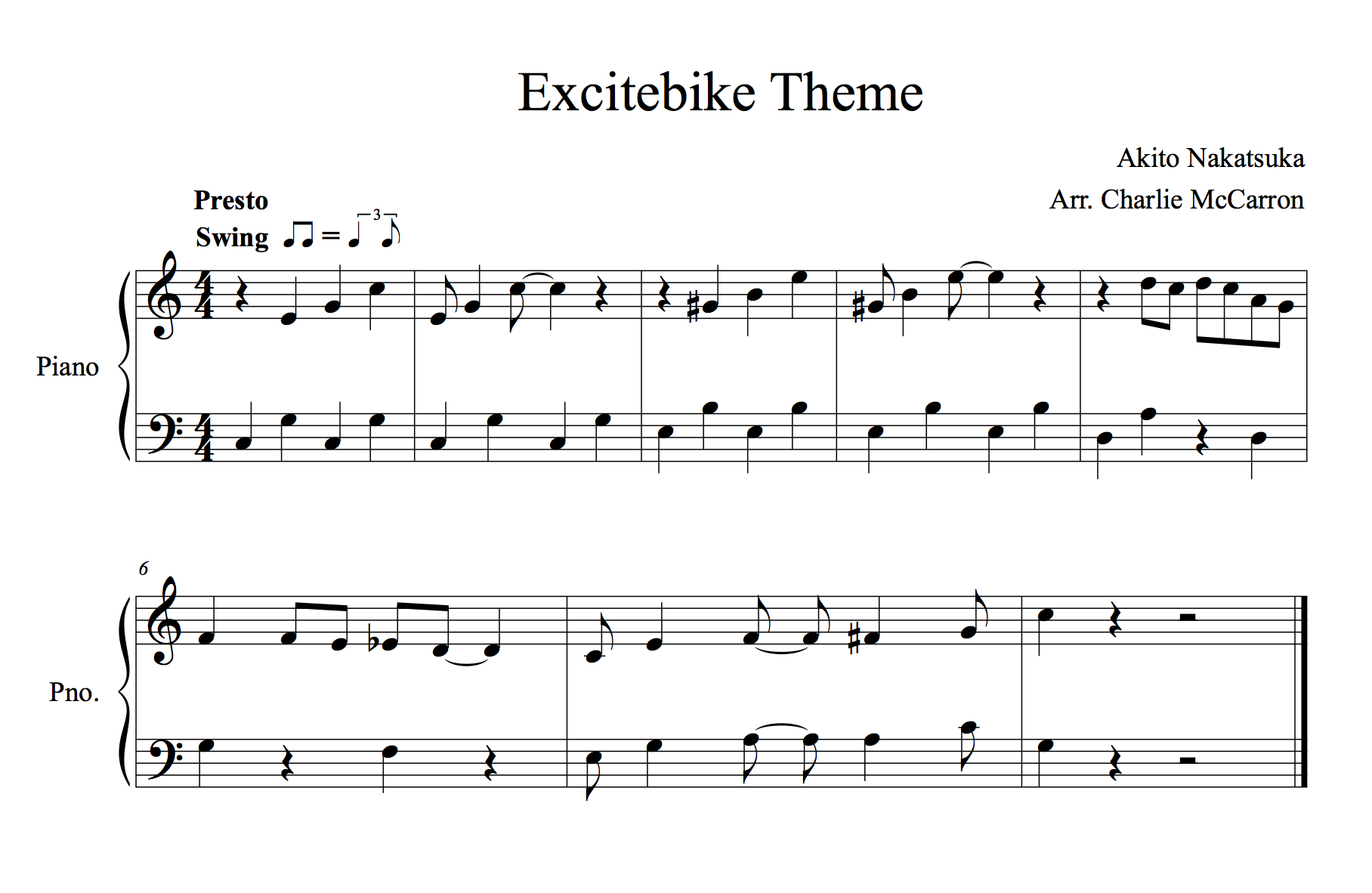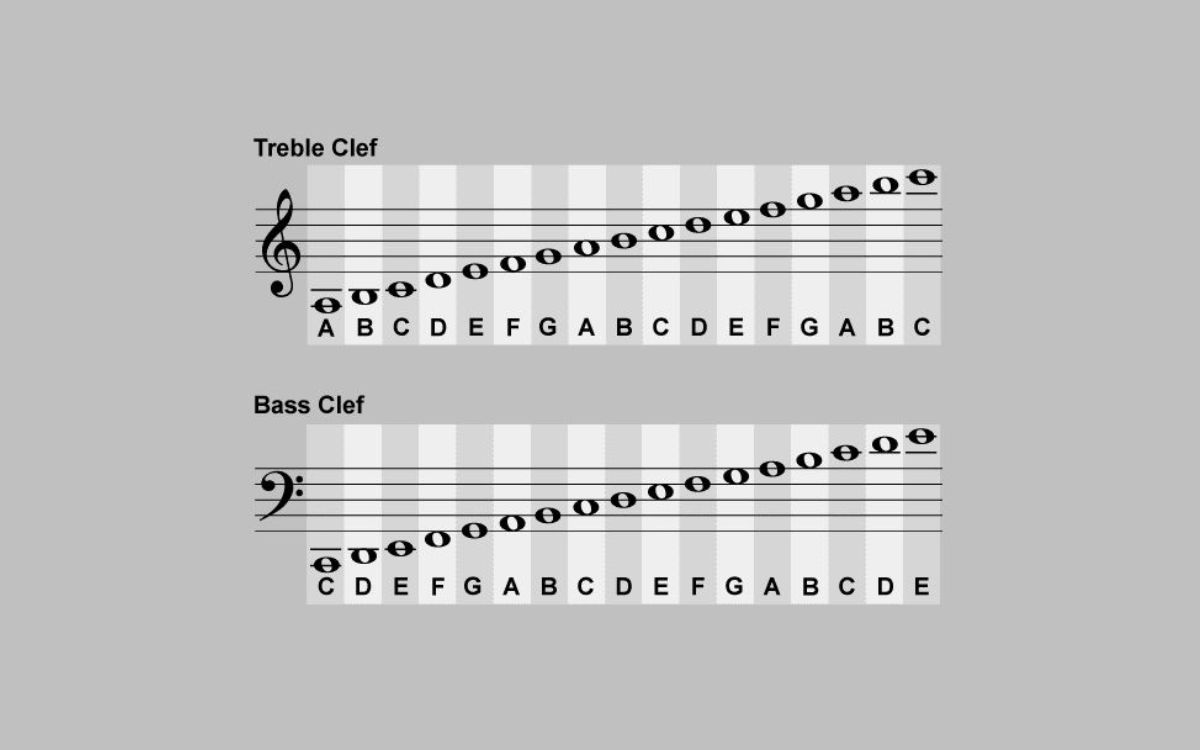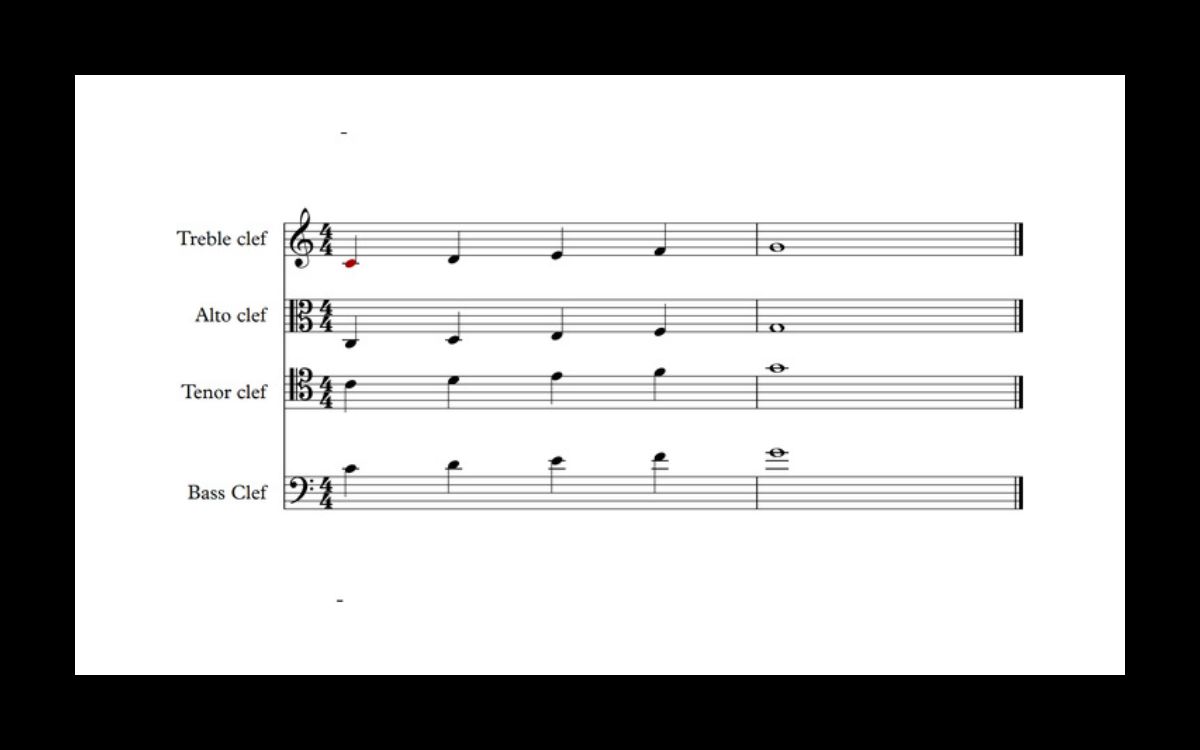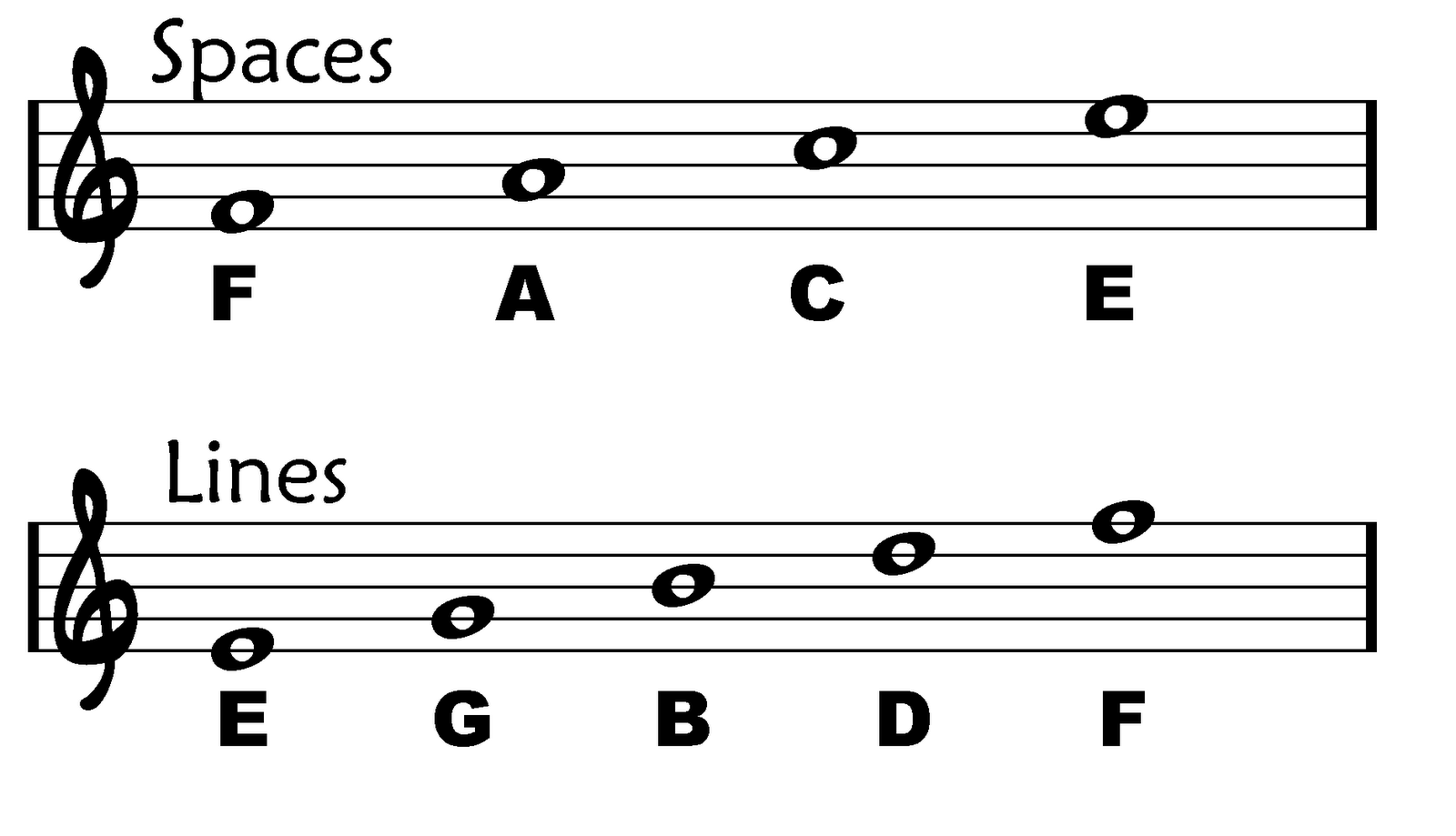Home>Production & Technology>Treble>Which Note Is Shared By A Treble Clef And Bass Clef In The Middle Of The Grand Staff?
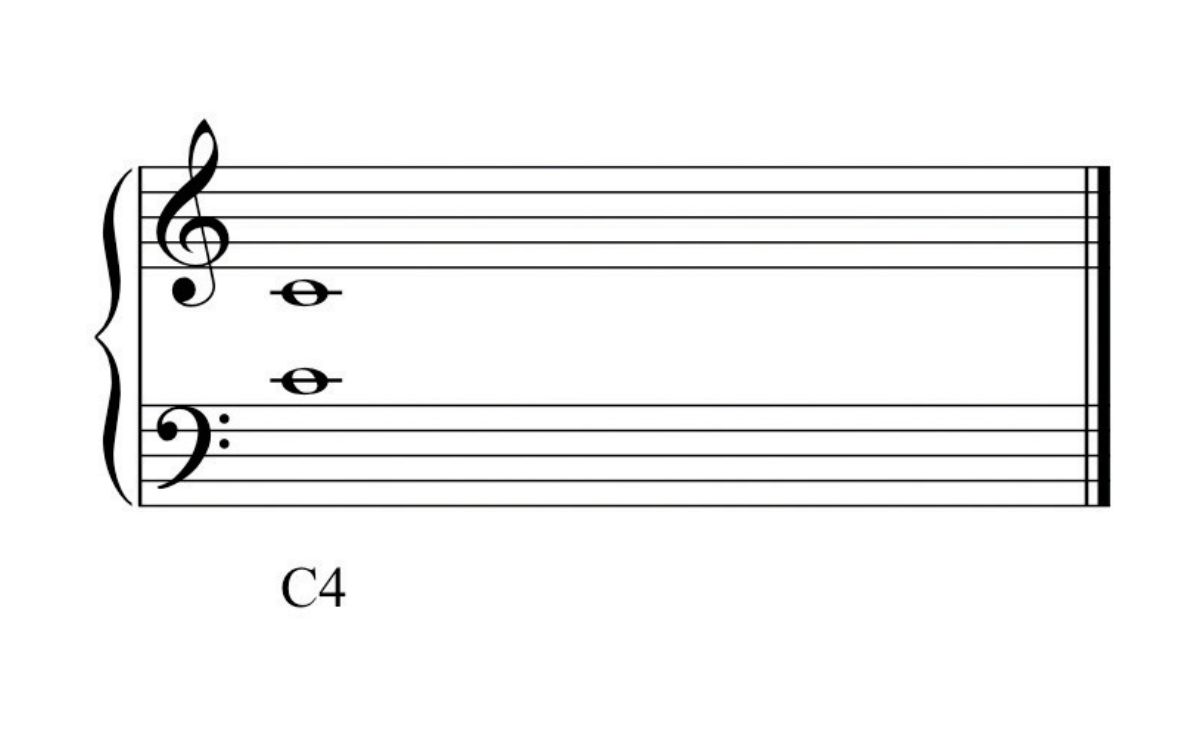

Treble
Which Note Is Shared By A Treble Clef And Bass Clef In The Middle Of The Grand Staff?
Modified: February 9, 2024
Learn about the shared note between treble and bass clefs in the middle of the grand staff. Find out which note creates harmony in both clefs.
(Many of the links in this article redirect to a specific reviewed product. Your purchase of these products through affiliate links helps to generate commission for AudioLover.com, at no extra cost. Learn more)
Table of Contents
Introduction
When it comes to reading sheet music, one of the key elements that musicians rely on is the clef. A clef is a symbol placed at the beginning of a musical staff that indicates which notes should be played. The two most common clefs used in music notation are the treble clef and the bass clef. Each clef represents a different range of pitches, allowing musicians to easily identify which notes to play.
In this article, we’ll focus on the treble clef and the bass clef and explore the shared note that lies in the middle of the grand staff. Understanding this shared note is crucial for musicians who want to improve their sight-reading abilities and have a better grasp of music theory.
Whether you’re a seasoned musician, a music student, or simply a music enthusiast, delving into the intricacies of the treble clef and the bass clef will deepen your appreciation for the art of reading and playing music.
Understanding Clefs
Before exploring the treble clef and the bass clef further, let’s first understand the concept of clefs in general. Clefs are symbols placed at the beginning of a musical staff to designate a specific range of pitches that will be displayed on that staff. Clefs help musicians identify and interpret the notes on the staff, allowing them to play the music correctly.
There are several types of clefs, but the two most commonly used are the treble clef and the bass clef. The treble clef is typically used for instruments with higher registers, such as the violin, flute, and piano’s right hand. The bass clef, on the other hand, is used for instruments with lower registers, such as the cello, double bass, and piano’s left hand.
Each clef has a specific shape and placement on the musical staff. The treble clef resembles a stylized “G” and is positioned on the second line of the staff, also known as the G line. The bass clef, on the other hand, looks like a large comma or backward “C” and is placed on the fourth line of the staff, also known as the F line. These unique designs and placements help musicians immediately identify which clef is being used in the music notation.
Understanding the function and characteristics of the treble clef and the bass clef is essential for musicians as it enables them to read and interpret music accurately. Now that we have a basic understanding of clefs, let’s explore the treble clef and the bass clef in more detail.
The Treble Clef
The treble clef, also known as the G clef, is the most commonly used clef in music notation. It is primarily used for instruments with higher registers, such as the violin, flute, and right hand of the piano. The treble clef is easily recognizable by its distinctive swirling shape, starting on the second line of the staff, representing the note G.
The treble clef indicates that the notes written on or above the staff are higher in pitch. The lines and spaces on the staff represent specific notes. The lines, from bottom to top, correspond to the notes E, G, B, D, and F. The spaces, from bottom to top, represent the notes F, A, C, and E. By memorizing these mnemonic devices, such as “Every Good Boy Deserves Fudge” for the lines and “FACE” for the spaces, musicians can quickly identify the pitches in the treble clef.
It’s important to note that the treble clef has a higher range of pitches compared to the bass clef. It covers the upper registers and allows musicians to read and play melodies that are more commonly found in soprano and alto ranges. Musicians who play instruments utilizing the treble clef need to have a solid understanding of the clef’s notes and pitch ranges to accurately read and perform the music.
With its distinctive shape and placement on the staff, the treble clef serves as a crucial tool for musicians to interpret and play music in the higher registers. As we move forward, let’s now dive into the counterpart of the treble clef, the bass clef.
The Bass Clef
The bass clef, also known as the F clef, is another commonly used clef in music notation. It is primarily used for instruments with lower registers, such as the cello, double bass, and the left hand of the piano. The bass clef is easily distinguishable by its curving shape that starts on the fourth line of the staff, representing the note F.
Similar to the treble clef, the bass clef indicates that the notes written on or below the staff are lower in pitch. The lines on the staff, from bottom to top, represent the notes G, B, D, F, and A. The spaces, from bottom to top, represent the notes A, C, E, and G. Musicians often use phrases like “Great Big Dogs Fight Animals” for the lines and “All Cows Eat Grass” for the spaces to memorize the pitches in the bass clef.
The bass clef covers the lower registers and allows musicians to read and play music that is more commonly found in the tenor and bass ranges. It is essential for instruments that produce deeper tones and provides a clear guide for musicians to accurately play the intended pitches.
Understanding the bass clef is crucial for musicians who want to expand their repertoire and be proficient in reading music across different registers. By becoming familiar with the notes and pitch ranges of the bass clef, musicians can enhance their ability to perform music accurately and confidently in the lower octaves.
Having explored both the treble clef and the bass clef, we will now shift our focus to the middle of the grand staff, where these two clefs intersect.
The Middle of the Grand Staff
The grand staff is a combination of the treble clef and the bass clef, joined together by a brace. It is commonly used in piano music and allows musicians to read and play both hands simultaneously. The treble clef is positioned on the top staff, representing the right hand, while the bass clef is placed on the bottom staff, representing the left hand.
Between the treble clef and the bass clef lies the middle of the grand staff, also known as the middle C position. The middle C is a fundamental note that serves as a reference point for musicians and is often used as a starting point for hand placement on the piano’s keyboard. On the grand staff, the middle C note appears as a ledger line below the treble clef staff and as a ledger line above the bass clef staff.
Understanding the middle C position is crucial for pianists as it helps to establish hand coordination and note recognition between the two hands. It acts as a bridge between the treble and bass clefs, allowing musicians to play melodies and chords that span across both hands and utilize the full range of the piano.
While the treble clef represents higher-pitched notes and the bass clef represents lower-pitched notes, the middle C position serves as a link between these two registers. It is a note that can be played by both hands and allows for seamless transitions between the treble and bass clefs.
Learning to navigate the middle of the grand staff and incorporating the middle C position in piano playing is an essential skill for pianists of all levels. It opens up a wide range of musical possibilities and enables musicians to create harmonies and melodies that encompass the entire keyboard.
Now that we understand the significance of the middle of the grand staff, let’s explore the shared note that the treble clef and bass clef have in common.
Shared Note between Treble Clef and Bass Clef
Despite their distinct ranges and functions, the treble clef and the bass clef share a note in common. That note is the middle C. As mentioned earlier, the middle C is positioned between the treble clef and the bass clef, acting as a connection point between the two staves.
In the treble clef, the middle C is represented as a ledger line below the staff. It is the first ledger line below the staff and falls directly below the note C on the keyboard. In the bass clef, the middle C is represented as a ledger line above the staff. It is the first ledger line above the staff and lines up with the note C on the keyboard.
This shared note, the middle C, serves as a unifying element between the treble clef and the bass clef. Musicians who play instruments utilizing both clefs, such as the piano, often encounter the middle C note as they transition between hands on the keyboard. It’s a reference point that helps to establish hand position and provides a common ground for reading and playing music on both staves.
For example, in piano music, you may come across passages where the melody is played in the treble clef while the accompaniment is played in the bass clef. In such cases, the middle C note may be shared or passed between the hands to create a harmonious blend between the two clefs. It allows for a seamless integration of melody and harmony, adding depth and richness to the musical performance.
Additionally, the middle C note serves as a convenient starting point for musicians to identify other notes on the piano keyboard. By having a solid understanding of where the middle C is located and how it relates to the rest of the keyboard, musicians can quickly orient themselves and navigate the treble and bass clefs with ease.
Understanding the shared note, the middle C, between the treble clef and the bass clef is essential for musicians who read grand staff notation. Its presence enhances musical coordination, facilitates hand transitions, and provides a common reference point in exploring the intricacies of music.
Now that we have explored the shared note and its significance, let’s conclude our discussion on the treble clef, the bass clef, and the middle of the grand staff.
Conclusion
In conclusion, the treble clef and the bass clef serve as essential tools for musicians to read and interpret sheet music. The treble clef is associated with higher registers, while the bass clef represents lower registers. Together, they form the grand staff, often used in piano music, which allows musicians to play both hands simultaneously.
In the middle of the grand staff lies the shared note between the treble clef and the bass clef – the middle C. This note acts as a bridge, connecting the two clefs and facilitating seamless transitions between hands. It serves as a reference point for hand coordination and helps pianists navigate the full range of the keyboard.
Understanding the treble clef, the bass clef, and the shared note in the middle of the grand staff is crucial for musicians of all levels. It enhances their ability to read and interpret music accurately, improving their sight-reading skills and overall musical proficiency.
Whether you’re a piano player, a music student, or simply a music enthusiast, delving into the intricacies of these clefs will deepen your understanding and appreciation of sheet music. It will enable you to tackle more complex musical compositions and expand your repertoire.
So, the next time you come across a piece of sheet music with both the treble clef and the bass clef, remember to embrace the common ground they share – the middle C. Let it guide you through the harmonies and melodies, allowing you to bring the music to life.
By mastering the treble clef, the bass clef, and their shared note in the middle of the grand staff, you’ll not only enhance your musical abilities but also unlock a world of musical possibilities and creativity.

